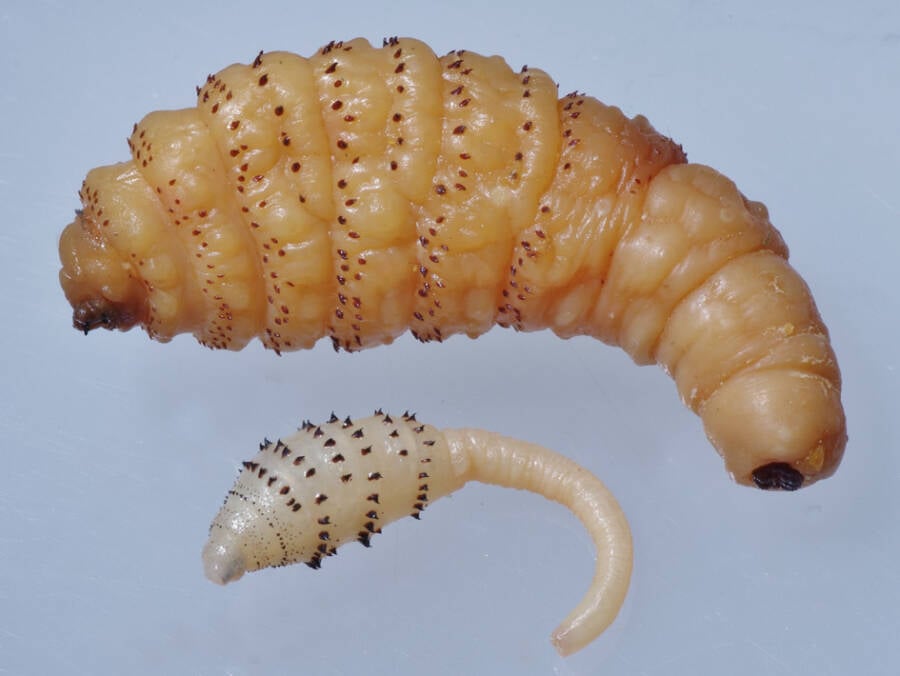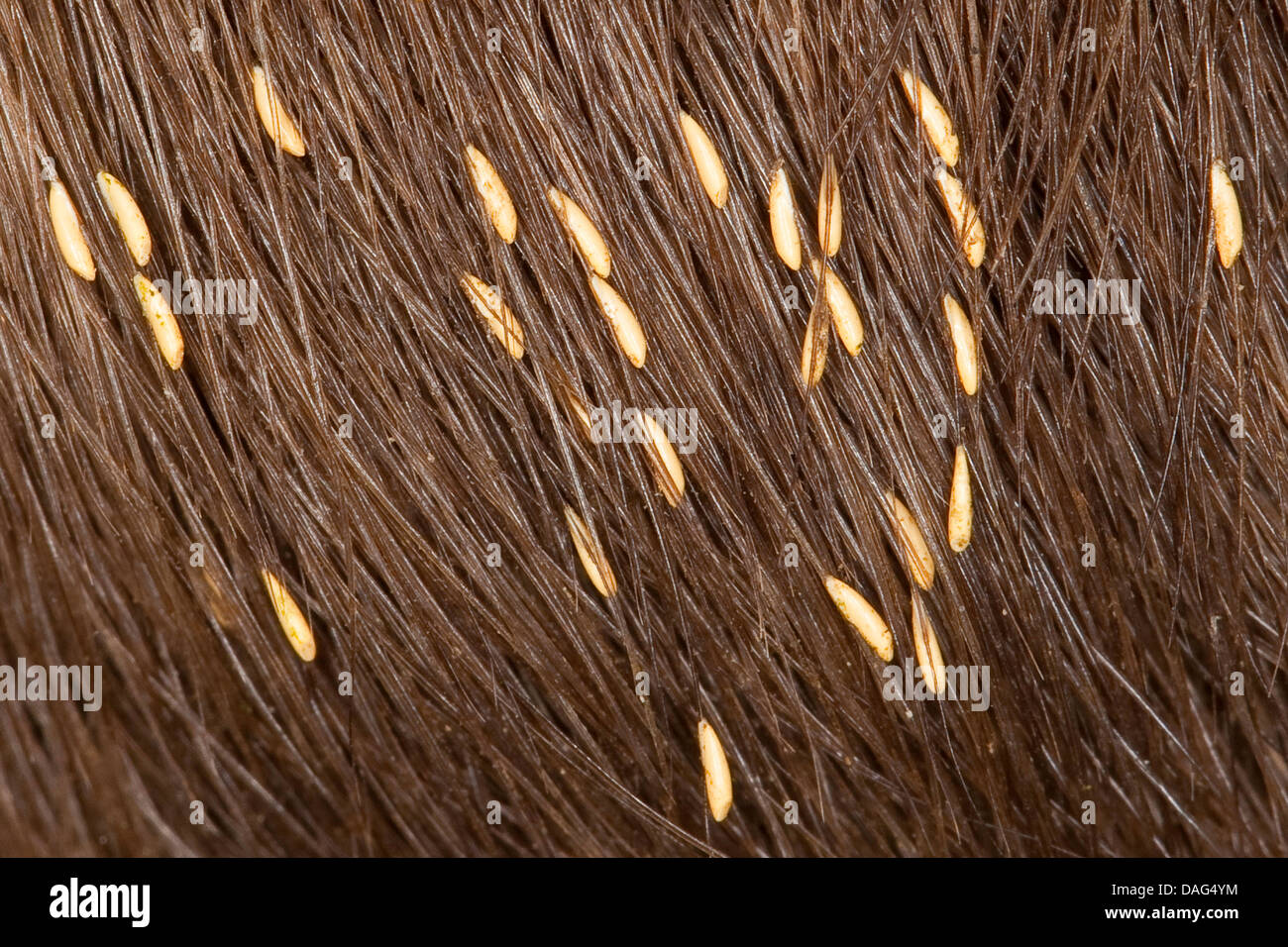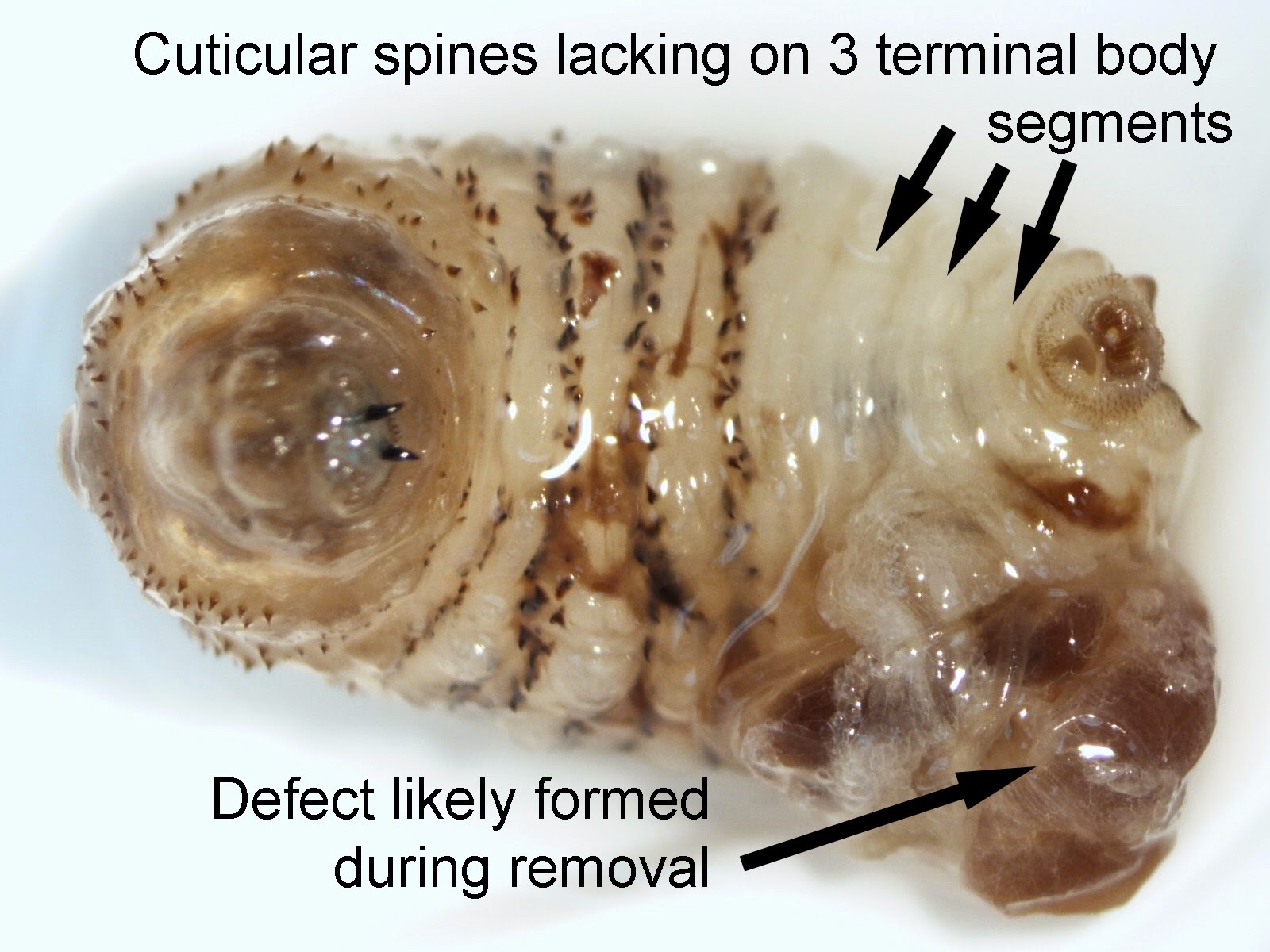Bot Fly Larvae Human Skin
After burrowing inside, they leave a. It uses mosquitoes and other insects as vectors to lay its. Botflies, also known as warble flies, heel flies, and gadflies, are flies of the family oestridae
What Is A Botfly Larvae? Learn About Nature's Most Disturbing Parasite
Their larvae are internal parasites of mammals, some species growing in the host's flesh and others. To reproduce, these flies rely on myiasis, the infestation of host skin for larvae nutrition. The dermatobia hominis, also known as the human bot fly, is a species found mostly in central and south america
- Maren Morris And
- Yang In Greys Anatomy
- Lori Harvey Boyfriend
- Sidney Sweeney Nudes
- Rihanna Asap Rocky
It uses mosquitoes and other insects as vectors to lay its eggs on.
Hairy fly with a metallic bot appearance Infestation is characterized by an irritated bump with a hole in the center for the larval breathing tube Females flick newly hatched larvae into the nostrils of deer or elk The larvae move through the sinuses into the throat and at the base of the tongue, where they burrow into the tissues and.
Bot fly larvae develop within the eggs, but remain on the vector until it takes a blood meal from a mammalian or avian host What happens if you don't remove botfly larvae If left untreated, the larva will eventually leave on their own, but “they're painful, they have spines on their body and as they grow bigger and. The human bot fly (dermatobia hominis) is the fly species that most often infests humans with its larvae, although it also parasitizes a wide range of wild and domestic animals,.

What Is A Botfly Larvae? Learn About Nature's Most Disturbing Parasite
The group referred to as bot flies are more noted for their larvae than their adults
The larval stages of bot flies develop within a living host Bot fly is a term referring to any member of the oestridae family of flies

Bot Fly Larvae

Horse Bot Fly Larvae

Bot Fly Larvae Human Skin